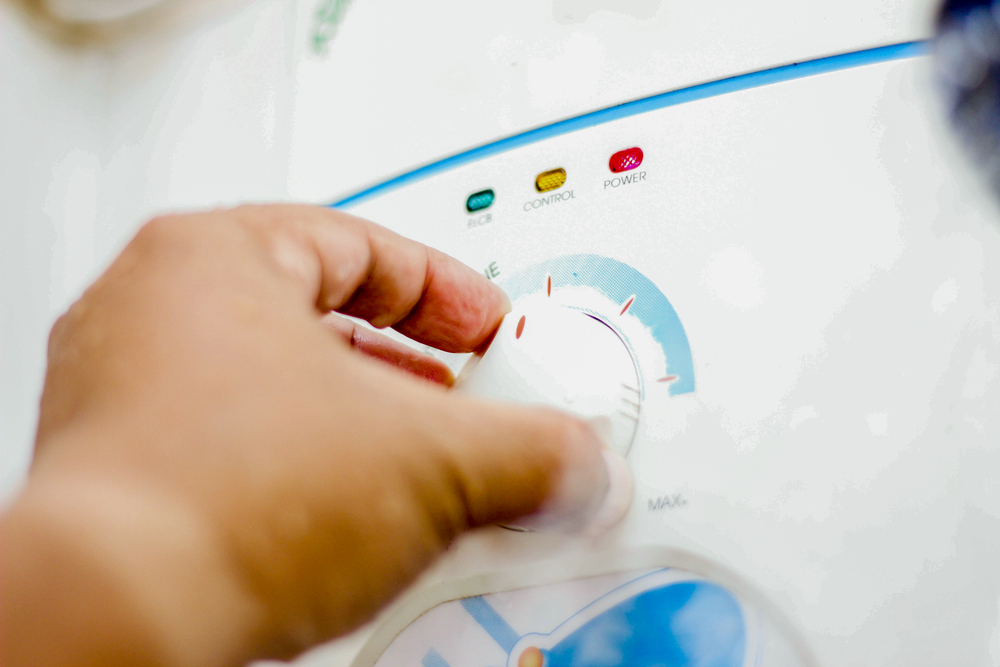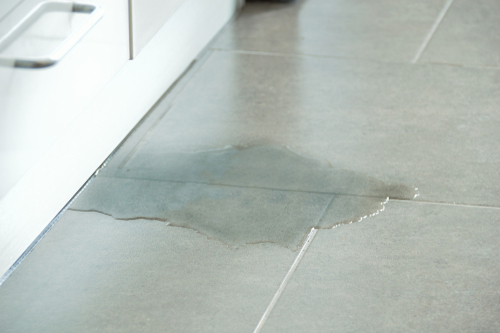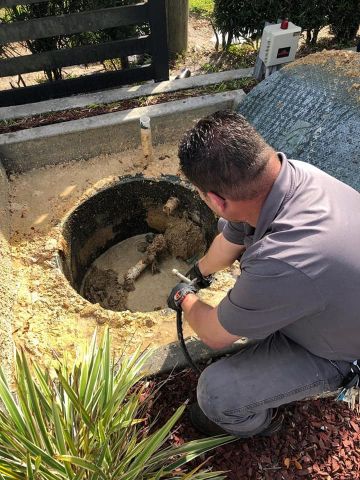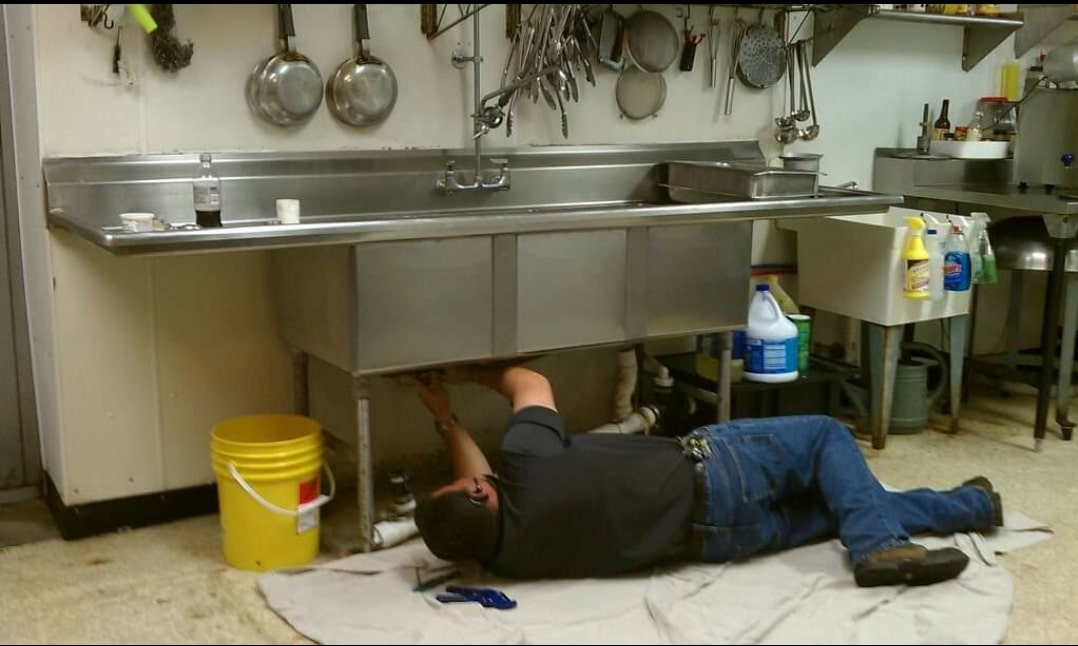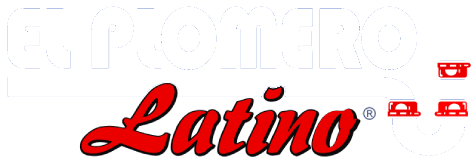Clogged drains are a common household problem that can cause a lot of inconvenience. A slow drain can be frustrating, and a completely clogged one can create a mess. While calling a professional plumber is always an option, it can be costly and time-consuming. Fortunately, with a few simple DIY drain cleaning tips, you can easily unclog your drains and save yourself the hassle and expense of calling in a professional. In this article, we will share some effective and easy-to-follow tips that will help you keep your drains clean and flowing smoothly. Whether you’re dealing with a slow drain or a completely clogged one, these tips will help you get the job done in no time.
Signs of a Clogged Drain
Before we get into the tips for unclogging your drains, it’s important to know the signs of a clogged drain. A clogged drain can manifest in various ways, including:
- Water draining slowly from the sink, shower, or bathtub
- A gurgling sound coming from the drain
- Foul smells coming from the drain
- Water backing up and overflowing from the drain
If you notice any of these signs, it’s likely that you have a clogged drain. It’s important to address the issue promptly to prevent it from getting worse.
Common Causes of Clogged Drains
Understanding the common causes of clogged drains can help you prevent them from happening in the first place. Some of the most common causes of clogged drains include:
- Hair: Hair is one of the most common culprits of clogged drains, especially in the bathroom.
- Grease and fat: Pouring grease and fat down the drain can cause a buildup that leads to clogs.
- Food waste: Food scraps and waste can also cause clogs in the kitchen sink.
- Soap scum: Soap scum can accumulate in the drain over time and cause clogs.
- Foreign objects: Sometimes, foreign objects like toys or jewelry can accidentally make their way down the drain and cause clogs.
By being mindful of what goes down your drain, you can prevent clogs from happening in the first place.
Tools and Materials Needed for DIY Drain Cleaning
Before you start unclogging your drain, it’s important to have the right tools and materials on hand. Here are some of the things you’ll need:
- Plunger: A plunger is a simple tool that can be used to unclog most drains.
- Drain snake: A drain snake is a long, flexible tool that can be used to reach deep clogs.
- Baking soda and vinegar: A mixture of baking soda and vinegar can be used to dissolve clogs naturally.
- Rubber gloves: Rubber gloves can protect your hands from bacteria and other harmful substances that may be present in the drain.
With these tools and materials, you’ll be well-equipped to tackle any clog that comes your way.
DIY Drain Cleaning Methods
There are several DIY drain cleaning methods that you can try to unclog your drain. Here are three effective methods:
1. Plunger
A plunger is a simple and effective tool for unclogging most drains. Here’s how to use it:
- Fill the sink or bathtub with enough water to cover the plunger’s rubber cup.
- Place the plunger over the drain and push down firmly to create suction.
- Pump the plunger up and down vigorously for about 20 seconds.
- Release the plunger and see if the water drains. If it doesn’t, repeat the process until the clog is cleared.
2. Drain Snake
A drain snake is a long, flexible tool that can be used to reach deep clogs. Here’s how to use it:
- Insert the drain snake into the drain until you feel resistance.
- Turn the handle on the drain snake to push it further into the drain.
- Continue turning the handle until you feel the clog break up and the snake moves freely.
- Pull the drain snake out of the drain and dispose of any debris that may have come out.
3. Baking Soda and Vinegar
Baking soda and vinegar can be used to dissolve clogs naturally. Here’s how to use them:
- Pour a pot of boiling water down the drain to loosen any debris.
- Pour 1/2 cup of baking soda down the drain.
- Pour 1 cup of vinegar down the drain and immediately cover it with a drain stopper.
- Let the mixture sit for about 30 minutes.
- Remove the drain stopper and pour another pot of boiling water down the drain to flush it out.
Preventing Future Drain Clogs
While these DIY drain cleaning methods are effective, it’s important to take steps to prevent future clogs from happening. Here are some tips:
- Use drain covers to catch hair and other debris before it goes down the drain.
- Avoid pouring grease and fat down the drain.
- Dispose of food scraps and waste in the garbage instead of the sink.
- Clean your drains regularly with baking soda and vinegar to prevent buildup.
By taking these steps, you can prevent future clogs and keep your drains clean and flowing smoothly.
When to Call a Professional Plumber for Drain Cleaning
While these DIY drain cleaning tips can be effective, there are times when it’s best to call in a professional plumber. If you’ve tried these methods and the clog persists, or if you’re dealing with a more serious issue like a broken pipe, it’s best to leave it to the experts. A professional plumber has the experience and tools necessary to tackle even the most stubborn clogs and ensure that your plumbing system is in good working order.
Conclusion
Clogged drains can be a major inconvenience, but with these DIY drain cleaning tips, you can easily unclog your drains and keep them clean and flowing smoothly. Remember to be mindful of what goes down your drain to prevent clogs from happening in the first place, and don’t hesitate to call in a professional if you need help. By taking care of your drains, you’ll ensure that your plumbing system is in good working order and avoid costly repairs down the line.


